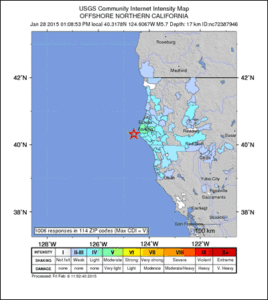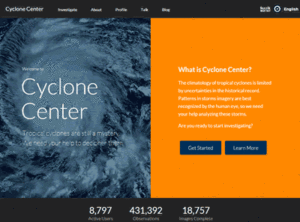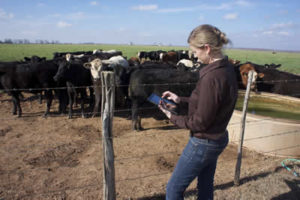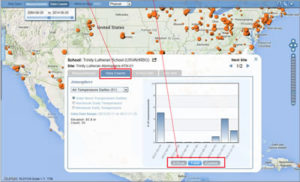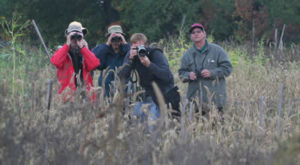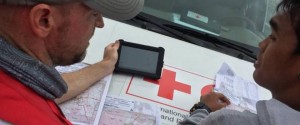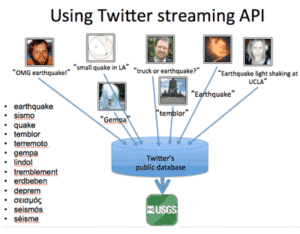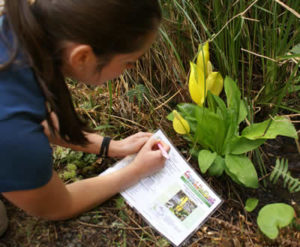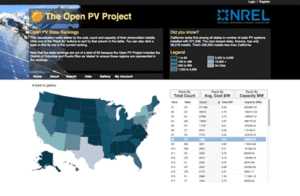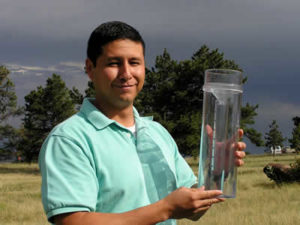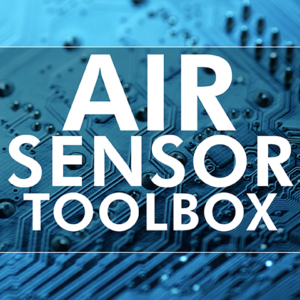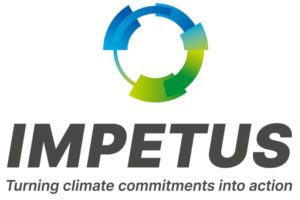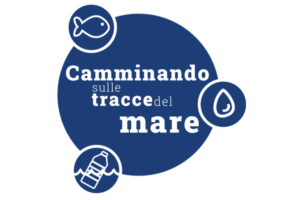
Step 1 – Analyse the problem
Start with a detailed exploration of the problem you need to solve: why it matters, your priorities, whois interested, and what you hope to accomplish. Explore your available approaches and pick the best one.
Understand what citizen science can accomplish.
Finally, identify the key stakeholders who need to agree to and support solutions to the problem.
Take the time to carefully frame your project and build a solid foundation so that all later steps address your needs.
The following tips will help you get started:
Case Studies
Know Your Tools
Resources
Know Your Tools
Find out what specific techniques are available and which ones will best help you meet your mission goals. How might the resources available to you shape your research questions?
- Define your goals for the project: What do you want to accomplish?
- Know the strengths of your available approaches and the risks and requirements associated with using them.
- Find out what others have done with similar projects — to tell whether you’ve got a good match, verify that a new project is needed (as opposed to extending an existing project), and to strengthen your plans before you get going.
- Start thinking early about how you’ll evaluate and share results and outcomes.
Resources
Engage Your Stakeholders and Participants
Resources
Engage Your Stakeholders and Participants
Find out whether stakeholders and participants are comfortable with the type of project you envision and with your ideas for how they will get involved and what technologies they will use. Talk with them to address their concerns. Don’t have just one conversation — keep talking with everyone as your plans move forward. Learn what participants want to get out of your project, what skills they have and what time and resources they can offer.
- Decide what skills you need and learn who might want to share them with you and why. If you have specific project participants or community groups in mind, learn what skills they have and what technologies they can use. Learn who else might have a stake in your project and what might get them interested in sharing resources or ideas. Understand your participants’ time commitment level and assess what training technique would be most appropriate.
- Reach out to your potential stakeholders and project participants using the media and messages that they’re comfortable with.
- Decide whether you need to “vet” volunteers to ensure that they can offer what you need. You may also need to create formal agreements before getting started.
- Decide whether you need specialised vendors to provide software, sensors or other products that will help make your project a success.
- Find out what resources your users are familiar with. Are there resources you can offer as part of the project?
Resources
Know Where Your Project Fits
Resources
Know Where Your Project Fits
Once you figure out where your project fits into the larger picture of citizen-science projects, that will help you identify best practices and answer broader questions about what you’re trying to accomplish.
- Plenty of frameworks for citizen science projects are already out there. Carefully review the ones that might apply to your project — they’ll give you the big picture and ensure that you identify and answer important questions.
- Learn the basic terminology used in citizen-science projects (e.g., crowdsourcing, community-based monitoring, participatory science). It will help you connect with others doing similar work, make sure you don’t miss relevant resources and share your lessons later on
Resources
Get Approval from Your Supervisors
Resources
Get Approval from Your Supervisors
You’ll need to know what questions and concerns your manager and other decision makers might have about your project, and how to address them. Many resources can help you explain why citizen science projects are important and how they can help your agency meet its goals.
- Look at the resources others have used to get leadership approval and adapt them to the needs of your own project.
- You’ll need to know what legal authorities you have for your project and the legal and policy requirements you may need to meet. Having these on hand can also help you collaborate more smoothly with your agency’s legal team.
Resources


